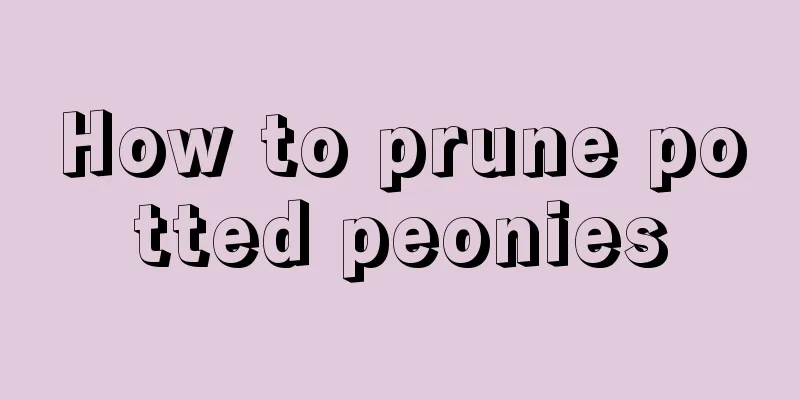Cherry Blossom Shaping and Pruning

Principles of cherry blossom pruningCherry blossoms grow in a relatively natural way, and their tree shapes are generally natural open-heart shapes. When pruning and shaping, light pruning is generally used to maintain the natural shape of the tree. The branches should be dense and sparse, and it is better to have many and evenly symmetrical side branches. How to prune cherry blossomsWhen pruning cherry blossoms, you can first determine the trunk. When the cherry blossom plant grows to the appropriate length, you can retain a part of it, leaving the main trunk, and cut the rest, and cut off the side branches that grow lower. The retained branches can be shortened by one-third during the dormant period, and the branches of each main trunk should be kept reasonably distributed. After about two years of growth, more branches will grow on the trunk, and pruning can continue. The main trunk should be retained, the branches should be thinned out, and the side branches should be adjusted according to the master-slave relationship. After the cherry tree seedlings have basically taken shape, pruning usually only requires light cutting. Formed tree trunks generally do not need to be shortened, new branches are retained, and flower branches generally do not need to be pruned. After several years of growth, the crown of the tree will expand further and need to be properly pruned back. The branches in the middle and lower parts of the main branches should be pruned to allow the lower parts to sprout again, and the side branches with lower branching points should be cut off year by year. Things to note when pruning cherry blossomsWhen pruning before flowering, pay attention to thinning out the overly dense branches, and apply top dressing after pruning. When pruning during the growing season, be careful not to damage the bark. After pruning, the wound should be disinfected in time. You can use a disinfectant to apply the wound to prevent bacterial infection and rot. Prune after flowering, observe the shape of the cherry tree trunk, and prune the stems from the inside to the outside. When pruning, prune those branches that affect the appearance, and pay attention to maintaining the symmetry of the crown. |
<<: How to improve the survival rate of rose grafting
>>: How to care for hibiscus in four seasons
Recommend
If you want the leaves to not turn yellow, just add some ingredients!
1. Prevent the money tree from turning yellow Pay...
How to plant Jade Fan seeds
Jade fan sowing temperature The suitable temperat...
The efficacy and effects of Platycodon grandiflorum, the side effects of Platycodon grandiflorum
1. The efficacy and function of Platycodon grandi...
How to manage overwintering shallots?
Winter is a critical stage in the growth cycle of...
Is jasmine suitable for indoor use?
1. Is it suitable? Jasmine is more suitable for i...
When is the best time to spray boron fertilizer (boron fertilizer should be applied on rainy days or sunny days)
As for the trace element boron, it can be said th...
How to grow honeysuckle?
Honeysuckle belongs to the genus Lonicera of the ...
What to do if the leaves of the golden plate are drooping
reason The soil is too dry Flavoured Aglaonema is...
Why can't bamboo be planted behind the house?
Why can't bamboo be planted behind the house?...
Does the fortune tree need sunlight? Where to place the fortune tree?
1. The fortune tree needs sunlight The money tree...
How to propagate Shibazakura and what to pay attention to
How to reproduce moss pink The main methods of pr...
How often should I change the water for my turtle?
Turtles are very popular pets and many people lik...
The beautiful and easy-to-grow fairy fingers can be grown in large numbers in just a few simple steps!
1. Cutting If you use cuttings to propagate the f...
Where is the best place to plant Atractylodes macrocephala?
Atractylodes macrocephala planting conditions Atr...
How long does it take for rose cuttings to take root? How to make the cuttings survive?
Rose hydroponic cutting rooting time The time for...









